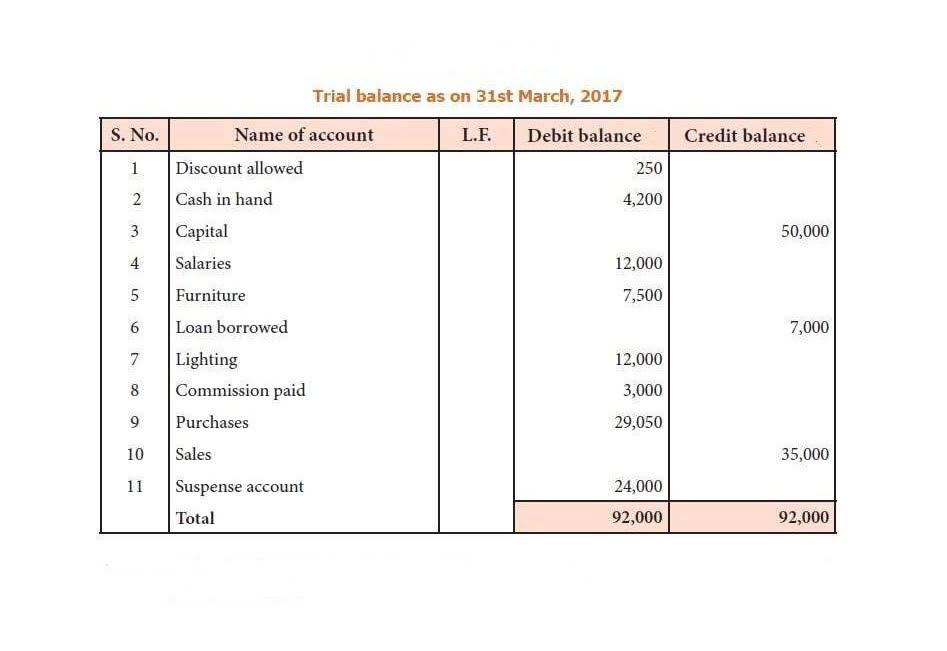


The pledge document required ABC to perform specific activities, all of which are consistent with its normal operations. ABC agreed to identify Bravo as a sponsor of the event on its website and in other communications and to permit Bravo to publicize its participation in its corporate advertising. Bravo did not receive any other benefits, such as free tickets to the event, as a result of this sponsorship. Every year, the network holds an advocacy event that includes performances by major entertainers. ABC engaged in the following transactions during the year ending December 31, 2019. Donated capital should be recognized and measured according to the US GAAP rules for the definition of assets or liabilities of an organization.

Upon receiving a donated asset, a debit is recorded in the relevant asset account to reflect the increase in resources. For example, if a non-profit receives a donated vehicle valued at $20,000, the journal entry would include a $20,000 debit to the vehicles account. A corresponding credit is made to a contribution revenue account to acknowledge the inflow of resources. Recording journal entries for donated assets ensures accurate financial reporting and compliance with standards.

Similarly, suppose there is a donation of conditional payment for the annual rent worth $ 500,000 of a building in use by ABC company. In that case, the board member offers to pay the rent if the building is used primarily for the residence of company employees. This article was written by the Bizfluent team, copy edited, and fact checked through a multi-point auditing system, in efforts to ensure our readers only receive the best information. 1095Hawk is the most effective way to prepare and file your organization’s ACA 1095 forms. Management must ensure that volunteers are utilized effectively and that their hours are documented accurately, representing a significant resource to the Accounting Periods and Methods organization.

The amendments take effect for annual reporting periods beginning after June 15, 2021, and interim periods within annual reporting periods beginning after June 15, 2022. Contributions made shall be measured at the fair values of the assets given or, if made in the form of a settlement or cancellation of a donee’s liabilities, at the fair value of the liabilities cancelled. Your business can set up an educational assistance plan that can give each eligible employee up to $5,250 in annual federal-income-tax-free and federal-payroll-tax-free benefits. It is best practice to have a written gift acceptance policy that documents the kinds of gifts the organization accepts, how they are valued, and how they will be handled (used in programs, sold, etc.). Items valued over a specific threshold—commonly $5,000—typically require appraisal by a qualified, independent appraiser for tax purposes.
Recognizing donated assets requires adherence to specific accounting standards for accurate financial reporting. Under Generally Accepted Accounting Principles (GAAP), organizations must recognize donated assets as revenue in the period they are received. This is particularly relevant for non-profits, which often depend on such contributions to support operations.
It ensures transparency, fosters trust, and engages all relevant parties in the process. State laws may impose additional compliance requirements on how nonprofits handle in-kind donations. Each state may have different rules concerning what needs to be reported and how tax deductions for donors are substantiated. Nonprofits need to be familiar with gaap accounting for donated assets and adhere to these regulations to ensure they remain in good legal standing within their operating jurisdictions. Recognized contributed services should be reported as contribution revenue and as assets or expenses.

However, they must issue written confirmations for donations exceeding $250 and comply with IRS regulations. Additionally, if a donated asset generates unrelated business income, the organization may owe Unrelated Business Income https://www.bookstime.com/ Tax (UBIT). Careful consideration of how donated assets are used helps avoid unexpected tax obligations and maximizes their benefits.